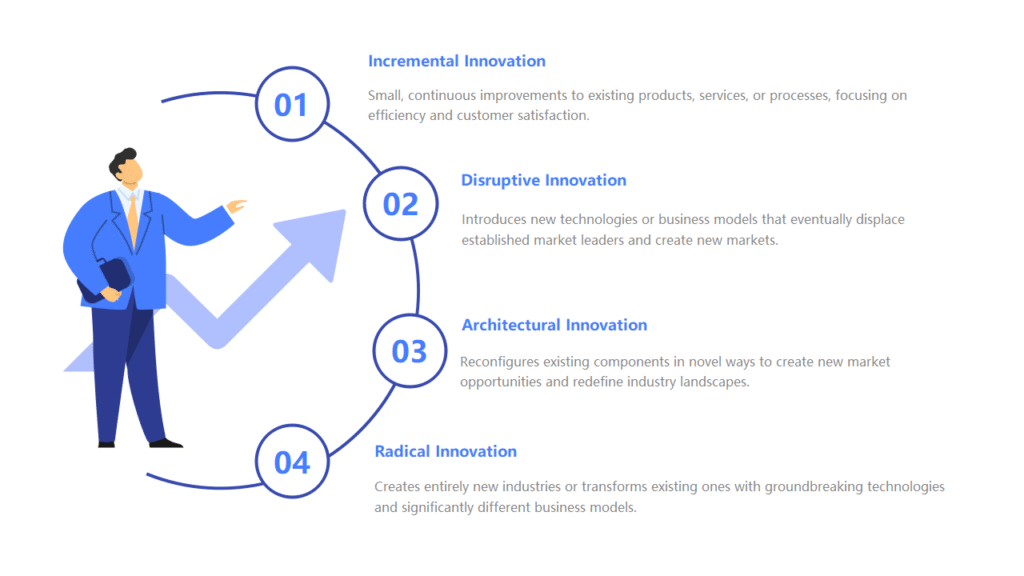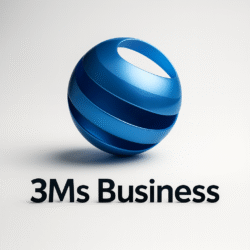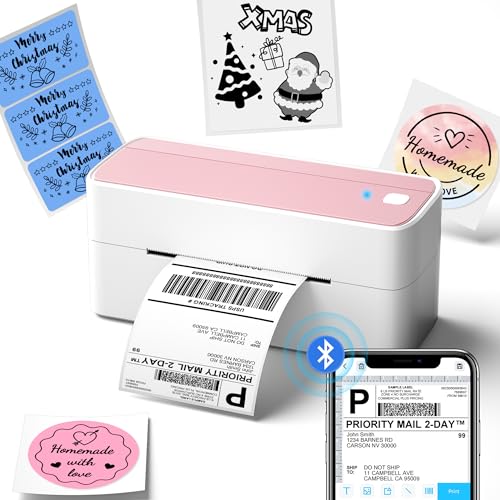
The Four Types of Innovation Every Business Should Know: A Strategy Framework for SME Growth
Introduction: Why Innovation Fails Without Direction
SMEs often fail to approach innovation because they lack specific ideas and defined goals and do not establish structured paths for implementation. Companies pursue new products and technologies and marketing experiments as innovation initiatives but end up with unsatisfactory results and unproductive resource expenditure and internal communication challenges.
Strategic direction becomes essential in competitive and resource-constrained environments because unguided innovation approaches lead to inefficient and risky results. SMEs face increased risks in business operations because they have restricted financial resources alongside small teams and reduced profit margins. A direct link between innovation efforts and business priorities becomes necessary because of these constraints.
A well-defined innovation framework helps businesses convert random initiatives into purposeful growth drivers. The innovation framework starts by teaching businesses to identify and implement four fundamental innovation types which include Incremental, Disruptive, Architectural and Radical. Different business conditions require distinct purposes for these innovation types to serve.
This paper explains each innovation type by showing how to match them with organizational targets through actual industry examples of successful and unsuccessful implementations. Through planning and operations integration of this framework SMEs can develop innovation processes which produce measurable and profitable outcomes.
Understanding the Four Types of Innovation
- Incremental Innovation
Small improvements to present products define incremental innovation. It doesn’t attempt to reinvent the wheel—it refines it. A company can achieve improvement by simplifying its operations while simultaneously improving its products and service delivery systems.
• Risk Level: Low
• Cost: Typically affordable
• Best for: Improving customer experience, operational efficiency, and user engagement
The retail company improves its e-commerce checkout process to decrease cart abandonment rates and boost conversion performance. It’s not flashy, but it directly boosts revenue.
Small-scale innovations work best when the fundamental product or service maintains strength but data reveals particular areas where improvement is necessary. Small innovations create instant results that drive organizational innovation progress.
- Disruptive Innovation
Disruptive innovation brings forward cheaper or easier alternatives to existing solutions which serve customers who current markets ignore. The initial comparison to premium products seems weak but market forces eventually transform this product into a market leader.
• Risk Level: Medium
• Cost: Moderate investment
• Best for: Reaching price-sensitive or underserved markets
A SaaS company launches a basic version of its solution to serve freelancers and small businesses. The solution provides a simplified interface compared to enterprise-level products while providing necessary features at reduced costs.
SMEs should use this innovation type to establish a new market segment while avoiding competition with established leaders.
- Architectural Innovation
The process of architectural innovation transforms existing technologies as well as processes and systems into new formats. A company can use its internal capabilities to create new market opportunities or delivery methods.
• Risk Level: Medium
• Cost: Variable depending on scale
• Best for: Entering adjacent markets or repurposing existing assets
A sensor manufacturing company from the automotive sector applies its technology to monitor soil conditions in agriculture.
This method proves useful for businesses that possess strong internal capabilities but fail to maximize their full potential or have potential uses outside their main market.
- Radical Innovation
A radical innovation brings forth completely new products along with new services or business models which transform entire industries. Radical innovation comes with substantial dangers as well as substantial expenses together with extensive development schedules. When executed properly it produces massive growth opportunities and leadership positions in the industry.
• Risk Level: High
• Cost: High, often requiring R&D or partnerships
• Best for: Market leaders or businesses aiming to create new categories
A clean energy startup developed a revolutionary battery technology that exceeded current solutions by delivering superior cost-efficiency and sustainability metrics.The implementation of radical innovation is unusual for small to medium enterprises yet they can achieve it. The path to radical innovation demands significant investment in validation activities and partnership development and repeated prototyping processes.
Linking Innovation Types to Strategic Goals
The power of innovation emerges through connecting it to particular business targets. The various innovation methods serve distinct strategic functions for different business needs.
Business Goal Recommended Innovation Type Application Example
Improve customer experience Incremental Add new self-service tools to support portals
Serve a new market segment Disruptive Launch a no-frills version of your service
Expand to new verticals Architectural Adapt core platform for a new customer base
Lead transformation in your field Radical Introduce a next-generation product or model
Every new initiative must start with core questions which need alignment before launch.
• What are we trying to achieve?
• Who are we trying to serve?
• Do we have the resources to deliver?
• Which innovation type best fits this goal?
When alignment between innovation and core questions does not exist well-executed initiatives may fail to achieve their intended impact.
Real-World Lessons: A Case of Success and Failure
Success Story: BrightFlow Logistics
The logistics company BrightFlow operated in the mid-size sector and dealt with rising fuel expenses and mounting customer dissatisfaction regarding delivery timeframes. The leadership team at BrightFlow decided to use a combination of incremental and architectural innovation instead of radical change.
The company used data analytics to optimize delivery routes while developing a tracking app accessible to customers through existing infrastructure.
• Results:
o Delivery costs reduced by 18%
o Customer satisfaction scores increased by 25%
• Why it worked:
o Direct alignment with business pain points
o Reuse of internal capabilities
o Clear metrics tied to performance goals
Failure Story: EcoZest Homeware
The SME home goods company EcoZest released new sustainable kitchenware products despite lacking proof of market demand for such items. The company spent money on supplier changes and packaging development as well as marketing promotions without verifying customer acceptance of their products.
• Results:
o Poor product uptake
o Inventory overstock and margin erosion
o Cash flow issues
• Why it failed:
o Misaligned innovation type (radical instead of incremental)
o No demand validation
o Overestimated brand equity in a new segment
Making Innovation Operational
Systematic innovation results must be achieved through continuous innovation rather than sporadic events. Operations should integrate innovation as a standard discipline that operates on a recurring basis.
Create a Basic Innovation Process to Follow:
- Identify ideas from teams, customers, or market research
- Classify the idea by innovation type
- Evaluate feasibility and fit with company goals
- Run small-scale pilots or prototypes
- Measure impact using specific KPIs
- Scale up or iterate based on performance
Assign Responsibilities and KPIs:
Innovation Type Team Involved Key Objective Success Metric
Incremental Operations Efficiency gains Reduced cycle time or costs
Disruptive Marketing / Product Reach new audience Sales from new segments
Architectural Product / Strategy Extend product applications Revenue by new vertical
Radical R&D / Leadership Market breakthrough New product adoption rate
The defined structure transforms innovation into an organized workflow that replaces individual risk-taking attempts.
Creating an Innovation-Friendly Culture
The success of any framework depends on the support of other factors. Culture is the enabler. To ensure long-term success:
• Encourage openness: Let employees share and test ideas
• Break down silos: Cross-functional collaboration accelerates execution
• Support experimentation: Accept small failures in pursuit of learning
• Use feedback loops: Analyze past wins and losses to refine strategy
A Silicon Valley-style innovation laboratory is not necessary for building your innovation culture. Your organization needs consistent leadership together with practical tools and a defined system.
Conclusion: Innovation Should Be Strategic, Not Accidental
SMEs must consider innovation essential only when it follows a strategic approach. Business objectives achieve better alignment with available resources while competition grows stronger when innovation executes properly. The wrong approach to innovation leads to wasted resources and damages organizational trust.
The Four Types of Innovation framework enables businesses to select appropriate innovation methods based on their specific situations at precise times. The selection between process enhancement and product category revolution depends on knowing which innovation approach to use because it determines whether growth becomes sustainable or strategic efforts fail.
Innovation needs to become the fundamental core of your operational framework instead of being viewed as a risk or prediction or marketing trick.
- 2024 New Version: Compared with the traditional label makers, half weight and size of the traditional label maker, small…
- High-quality Printing: Label Makers with BPA-Free Direct Thermal Technology. Equipped with high-speed chips and 203 DPI,…
- Easy to Use: NELKO label printer compatible with IOS & Android Phone via bluetooth connection. Step 1: Download “Nelko” …
- Versatile: 20-50 mm print width for price labels, address labels, 2D code labels, barcode labels, form labels, date labe…
- Versatile “KATASYMBOL” application: more than 30 fonts, 140 templates and 450 icons for free creation of customized labe…
- Crisp Image Printing: The application is optimized for image resolution and supports printing of clear HD photos
- Compatible with Multiple Systems: Three ways to use Phomemo 241-BT Bluetooth Thermal Label Printer: ①Connect with Phones…
- Avaliable for Muti-Platforms: Use Phomemo 241-BT thermal label printer to print shipping labels efficiently. Amazon, USP…
- Create Diffrent Kinds and Sizes of Labels: Phomemo 241-BT Shipping Label Printer is a good partner for retail business. …




